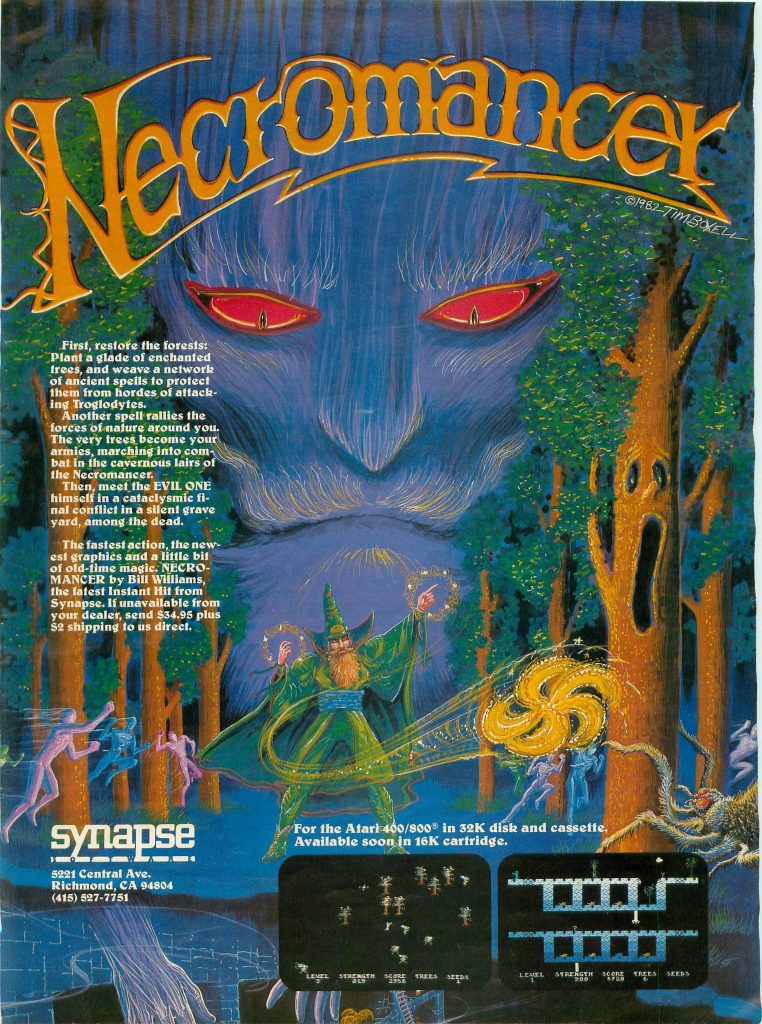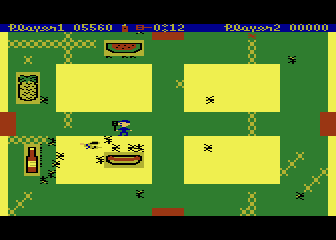Source: ANALOG Computing – July 1983
Synapse made many awesome games for both the Commodore 64 and Atari 8-bit computers. This particular ad is from the July 1983 issue of ANALOG Computing and features Necromancer by Synapse for the Atari 400 or Atari 800. There was a disk version requiring 32KB of RAM, a cassette version requiring the same, and a cartridge version requiring 16 KB of RAM. I think by this time the Atari 800 shipped with 48KB an the Atari 400 with 16KB but both were expandable.
From the ad:
First, restore the forests: Plant a glade of enchanted trees, and weave a network of ancient spells to protect them from hordes of attacking Troglodytes.
Another spell rallies the forces of nature around you. The very trees become your armies, marching into combat in the cavernous lairs of the Necromancer.
Then, meet the EVIL ONE himself in a cataclysmic final conflict in a silent grave yard, among the dead.
The fastest action, the newest graphics and a little bit of old-time magic. NECROMANCER by Bill Williams, the latest Instant Hit from Synapse.
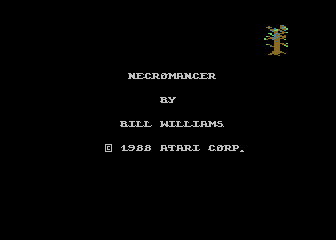
So how does all that fancy language translate into actual game play? Much as the description above might lead you to believe, there are three sections to the game. You control a wizard named Illuminar and in the first stage (The Forest) you stand in the middle of the screen planting trees. Ogres and Spiders move around the screen shrinking or poisoning the trees that you plant. Your weapon is a “wisp” that works as a sort of boomerang. You control the wisp with the joystick and can vanquish your enemies or cure diseased trees with it. Pressing the button plants a tree. Seed pods can also be collected with your wisp which allows you to plant more trees.
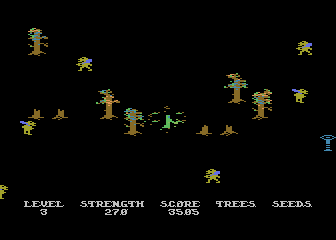
In the second stage (The Vaults), the trees become your army so the more trees you manage to grow in the first stage, the better. This stage consists of five levels in a vault and the action is viewed from the side. Your goal is to use your wisp to select trees to move over coffins. The roots then grow and kill the spider eggs that lie beneath. If you aren’t quick enough, the eggs hatch and the resulting spiders attack the trees. At that point, you must kill the spiders with your wisp. Moving the joystick moves Illuminar around the screen. Holding the button down allows you to control the wisp instead. You must also collect various items, including ladders to extend to the levels below.
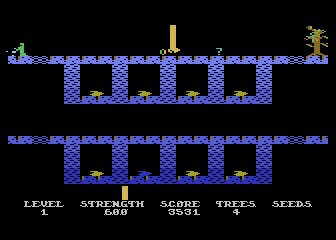
In the final stage (The Graveyard), you must confront Tetragorn. You start off by walking over gravestones to destroy them in order to prevent Tetragorn from appearing. Eventually you will lose that battle and Tetragorn will appear. Tetragorn sets things on fire to cause damage to Illuminar. Also, whatever spider eggs you missed in the previous level turn into spiders and attack. Once again, how you performed on the previous level affects the difficulty of the subsequent level to some degree. You battle Tetragorn and the spiders until either you or they are destroyed. There are rings to collect that will restore health as you battle.
Necromancer retailed for $34.95 in 1983 which is equivalent in purchasing power to about $95.80 today. So yes, games could be quite expensive back in the day. However, Necromancer was well received and remains a classic. If you have fondness for 8-bit games, this one should not be missed (and that can be said about most Synapse games). The controls are perhaps a little non-intuitive but you get the hang of it pretty quickly. Necromancer was originally released for the Atari 400/800 in 1982 and was ported to the Commodore 64 in 1983. Both versions are excellent. It was also re-released on cartridge for the Atari XEGS in 1987 though I believe it was identical to the original. As far as I know, this game has not found its way to any modern collections so you will have to track down an original or use emulation. Screenshots above are from the Atari version of the game.
